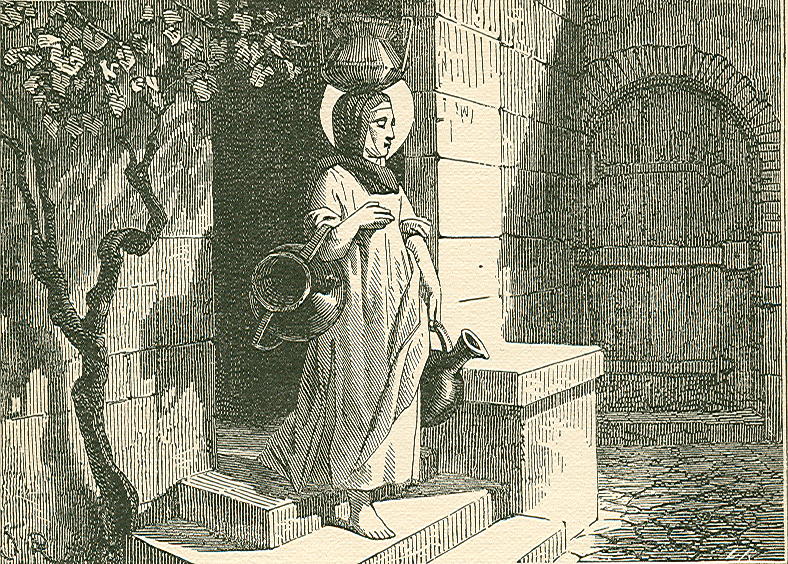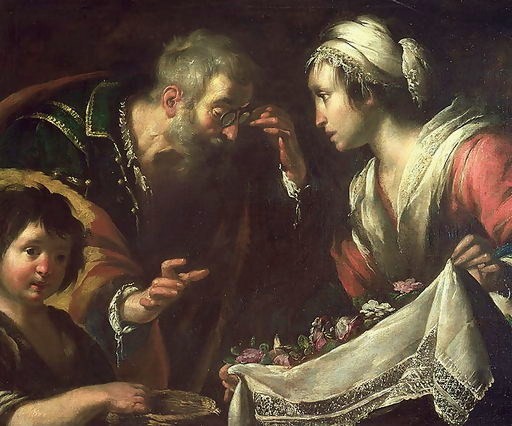St. Zita- Abused by her noble patrons, she remained a model of harmony
Painting of St. Zita by Arnould de Vuez and photographed by Velvet at the Hospice Comtesse.
Her piety and the exactitude with which she discharged her domestic duties, in which she regarded herself as serving God rather than man, even supplying the deficiencies of her fellow servants, far from gaining for her their love and esteem and that of her employers rather brought upon her every manner of ill-treatment of both the former and, through their accusations, of the latter. The incessant ill-usage, however, was powerless to deprive her of her inward peace, her love of those who wronged her, and her respect for her employers. By this meek and humble self-restraint she at last succeeded in overcoming the malice of her fellow-servants and her employers, so much so that she was placed in charge of all the affairs of the house.

In her position of command over all the servants she treated all with kindness, not exacting from them any reckoning for the wrongs she had for so many years suffered from them. She was always circumspect, and only severe when there was a question of checking the introduction of vice among the servants. On the other hand, if any of them had been guilty of shortcomings, she took upon herself to excuse or defend them to their employers. Using the ample authority given her by her employers, she was generous in almsgiving, but careful to assist only those really in need. After her death numerous miracles were wrought at her intercession, so that she came to be venerated as a saint in the neighbourhood of Lucca, and the poets Fazio degli Uberti (Dittamonde, III, 6) and Dante (Inferno, XI, 38) both designate the city of Lucca simply as “Santa Zita”. The office in her honour was approved by Leo X.
In 1580 her tomb was discovered in the Church of S. Frediano; thus was suggested the solemn approbation of her cult, which was granted by Innocent XII in 1696. The earliest biography of the saint is preserved in an anonymous manuscript belonging to the Fatinelli family which was published at Ferrara in 1688 by Monsignor Fatinelli, “Vita beatf Zitf virginis Lucensis ex vetustissimo codice manuscripto fideliter transumpta”. For his fuller “Vita e miracoli di S. Zita vergine lucchese” (Lucca, 1752) Bartolomeo Fiorito has used this and other notices, especially those taken from the process drawn up to prove the immemorial cult.
U. BENIGNI (Catholic Encyclopedia)

